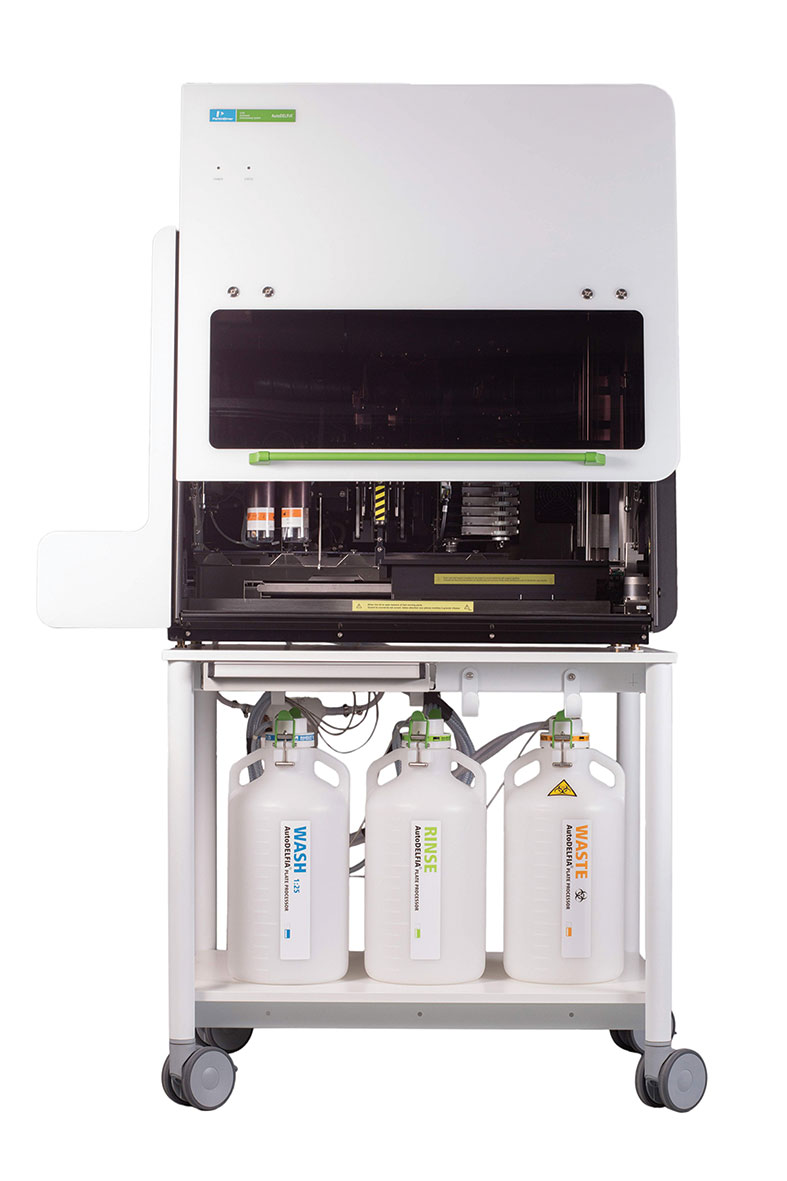High-Capacity Serological Assay Developed for Celiac Disease
Posted on 02 Sep 2022
Celiac disease is a chronic inflammatory disorder of the small intestinal mucosa occurring in genetically predisposed individuals exposed to dietary gluten proteins of wheat (gliadin and glutenin), barley (hordein) or rye (secalin) origin.
Currently, in adult patients a diagnosis of celiac disease is usually made through a combination of serological testing and endoscopic biopsy. A common approach is to screen for serum IgA antibodies to transglutaminase 2 (anti-TG2 IgA) and IgG antibodies to deamidated gliadin peptides (anti-DGP IgG). The diagnosis is confirmed by histological examination of the small intestinal mucosa.

Medical Biochemists at the Oslo University Hospital (Oslo, Norway) and their international colleagues developed and clinically validated a high-throughput assay for serum IgA and IgG antibodies against transglutaminase-2 (TG2) and determined appropriate assay cut-offs for large-scale population screening for celiac disease. They screened 1,920 individuals from the general population.
The assay protocol was automated on the AutoDELFIA 1235 automated immunoassay platform (PerkinElmer Life Sciences, Oslo, Norway). Total serum IgA was also measured using the Alinity Immunoglobulin A (Abbott Diagnostics, Oslo, Norway) at the time of endoscopy in order to determine if individuals classified as anti-TG2 IgG-responders had lower levels of total IgA when compared to anti-TG2 IgA responders. Subjects with serum anti-TG2 concentrations above a preliminary cut-off (>0.3 mg*/L anti-TG2 IgA or >0.5 mg*/L anti-TG2 IgG) were offered endoscopic examination and biopsy. A diagnosis of celiac disease was given if villous atrophy (Marsh grade 3) was found.
The investigators reported that the assay had a limit of quantification of 0.25 mg*/L (anti-TG2 IgA) and 0.60 mg*/L (anti-TG2 IgG) with imprecision (CV) < 16% and <18% respectively. A total of 66 individuals were above the preliminary cut-off, and 56 underwent endoscopy. Of these, 26 were diagnosed with celiac disease. The team reported that 68% of subjects with anti-TG2 IgA ≥ 0.7 mg*/L or anti-TG2 IgG ≥ 1.0 mg*/L had biopsy-proven celiac disease, and utilization of these higher cut-offs identified 96% of biopsy-positive patients. At the time of endoscopy, all individuals with anti-TG2 IgA > 2.0 mg*/L had celiac disease, and this cut-off identified 88% of newly diagnosed celiac patients and 8% (2/26) of the newly diagnosed patients had primarily anti-TG2 IgG.
The authors concluded that their study described a robust, high-capacity and fully automated assay with excellent performance suitable for celiac disease screening in the general population. The study was published on August 9, 2022 in the journal Practical Laboratory Medicine.
Related Links:
Oslo University Hospital
PerkinElmer Life Sciences
Abbott Diagnostics










 (3) (1).png)



